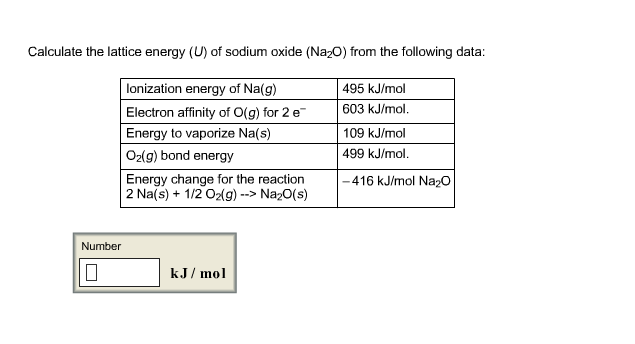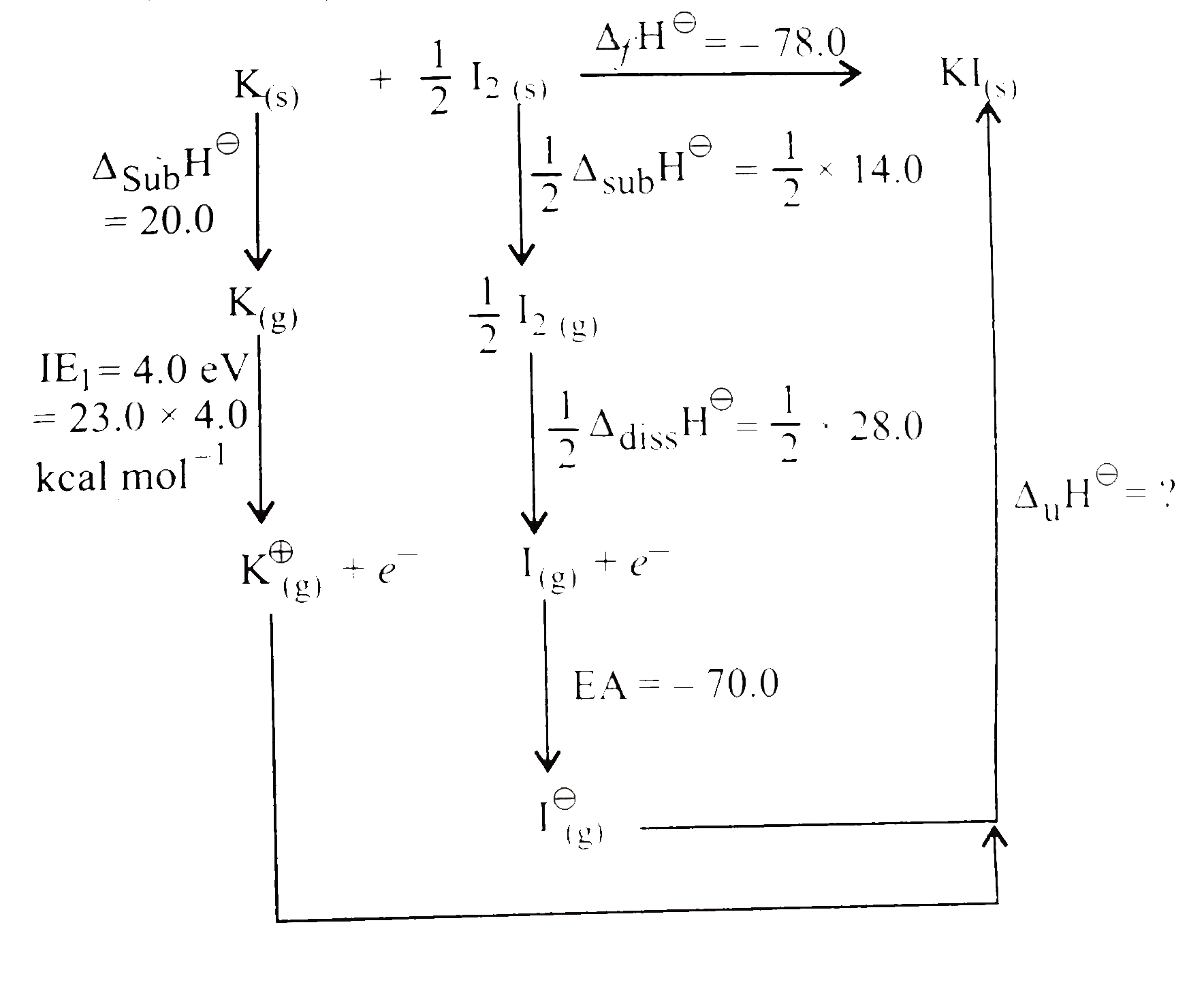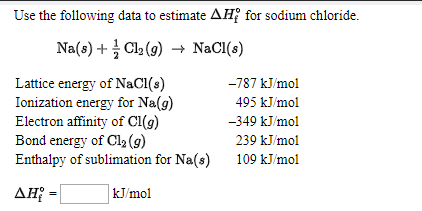

Generally the charges of the ions have more bearing than the distance between them when determining lattice energies. If the goal is to maximize the lattice energy then you'd want ions with larger magnitude charges and/or small in size ions. So both the magnitude of the ion's charges and their atomic radii effect the lattice energy. And the denominator consists of of the distance between the two ions, squared. If we observe the equation of Coulomb's Law the numerator consists of the product of the absolute value of the charges of the ions. So lattice energy is measuring how attracted both the ions are to each other in an ionic compound. In ionic compounds the force is always attractive since the ions have different charges. Whether the force is attractive or repulsive depends on whether the charges have the same sign or not. Coulomb's Law describes the force of attraction (or repulsion) between two point charges. Lattice energies of ionic compounds broadly correspond with Coulomb's Law which Sal provided in the video. Textbook content produced by OpenStax is licensed under a Creative Commons Attribution License.

Use the information below to generate a citation. Then you must include on every digital page view the following attribution:

If you are redistributing all or part of this book in a digital format, Then you must include on every physical page the following attribution: If you are redistributing all or part of this book in a print format, Want to cite, share, or modify this book? This book uses the Metallic bonds are weaker than ionic or covalent bonds, with dissociation energies in the range 1 − 3 eV 1 − 3 eV. Bonding is due to the attractive forces between the positive ions and the conduction electrons.
Calculate lattice energy of nacl free#
The valence electrons are essentially free of the atoms and are able to move relatively easily throughout the metallic crystal. Metallic Bonding in SolidsĪs the name implies, metallic bonding is responsible for the formation of metallic crystals. We will return to these materials later in our discussion of semiconductors. Both of these solids are used extensively in the manufacture of diodes, transistors, and integrated circuits. Two other important examples of covalently bonded crystals are silicon and germanium. In comparison, covalently bonded tin (also known as alpha-tin, which is nonmetallic) is relatively soft, melts at 600 K, and reflects visible light. For example, diamond has an extremely high melting temperature (4000 K) and is transparent to visible light. (b) Gem-quality diamonds can be cleaved along smooth planes, which gives a large number of angles that cause total internal reflection of incident light, and thus gives diamonds their prized brilliance.Ĭovalently bonded crystals are not as uniform as ionic crystals but are reasonably hard, difficult to melt, and are insoluble in water. (a) The single carbon atom represented by the dark blue sphere is covalently bonded to the four carbon atoms represented by the light blue spheres. We now have direct evidence of atoms in solids ( Figure 9.7).įigure 9.11 Structure of the diamond crystal. Early in the twentieth century, the atomic model of a solid was speculative. Molecules can also bond together to form crystals these bonds, not discussed here, are classified as molecular. The crystals formed by the bonding of atoms belong to one of three categories, classified by their bonding: ionic, covalent, and metallic.

Although amorphous solids (like glass) have a variety of interesting technological applications, the focus of this chapter will be on crystalline solids.Ītoms arrange themselves in a lattice to form a crystal because of a net attractive force between their constituent electrons and atomic nuclei. Solids that do not or are unable to form crystals are classified as amorphous solids.


 0 kommentar(er)
0 kommentar(er)
